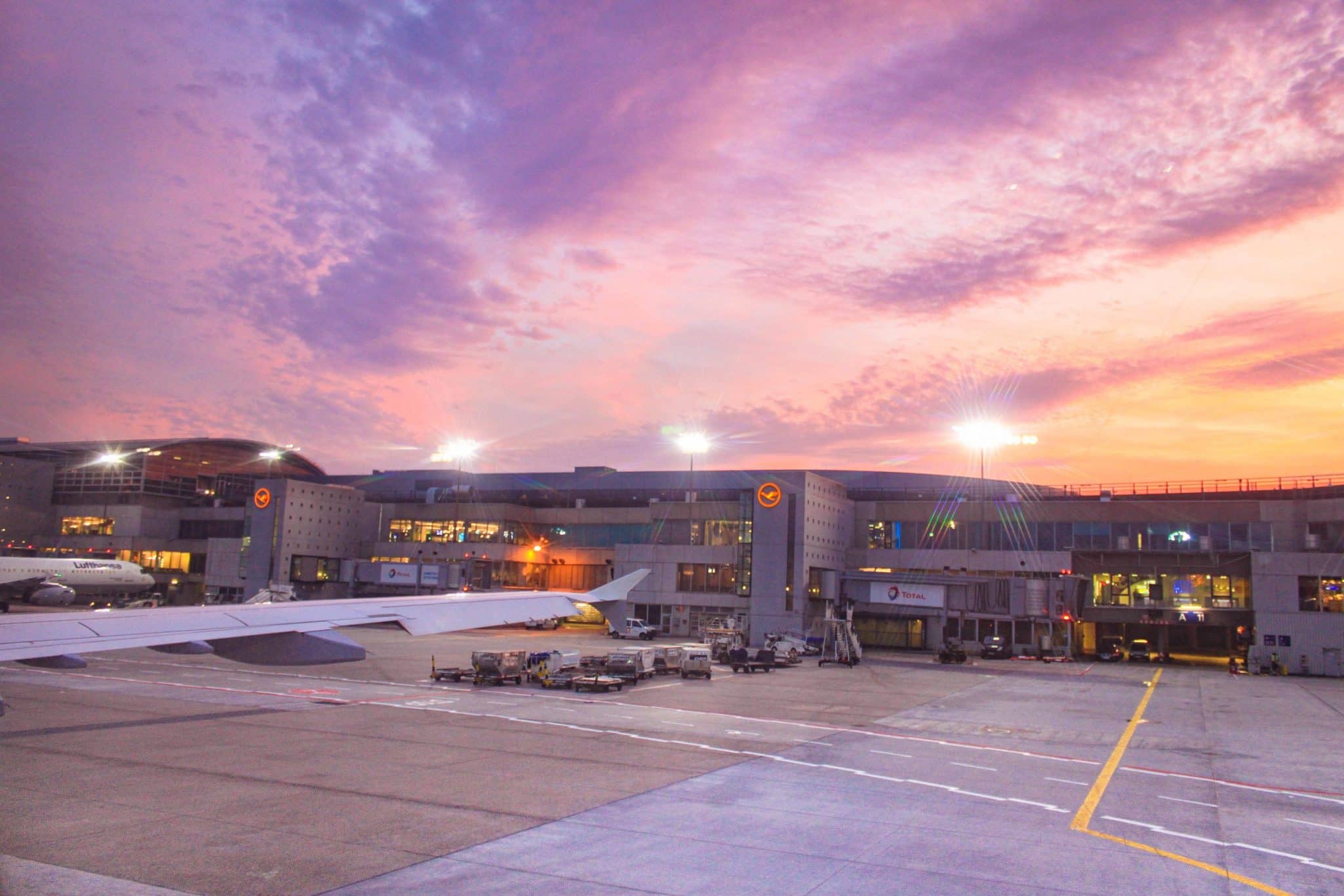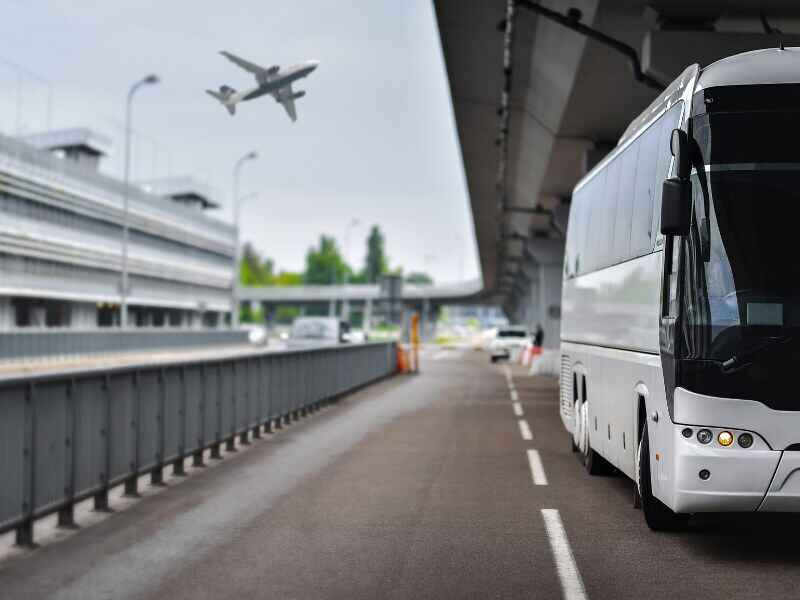How to quickly understand flight and airport vocabulary

Ever feel like air travel has its own language that you just don’t get?
Words like ‘layover,’ ‘transit,’ and ‘codeshare’ can make it seem like you’re learning a new dialect, especially if you’re not a regular traveler.
But you’re not alone.
I made this airport vocabulary guide to help you make sense of all that travel lingo so that planning your trip becomes easier.
Let’s dig in.
This post contains referral links for products I love. Adventurous Miriam earns a small commission at no extra cost to you if you purchase through my links. I appreciate your support ♡ Learn more
Flight and airport vocabulary
Understanding flight types
When you’re booking flights, there are a few different types to keep in mind. Here are some of the most common ones:
Direct flights vs. non-stop flights
Direct flights, also known as flights with stops, are super convenient when you don’t want to bother changing planes.
These flights let you stay on the same aircraft while making quick pit stops to pick up or drop off other travelers.
On the other hand, non-stop flights are the way to go if you want a hassle-free journey. They take you straight to your destination without any layovers.
While both direct and non-stop flights are usually more budget-friendly than other options, non-stop flights have the extra perk of getting you there faster.
Connecting flights vs. direct flights
When you have a connecting flight, you’ll be changing planes at one or more airports along the way.
You’ll get off one plane, go through the airport, and then hop on another flight to reach your final destination. It’s a chance to check out different airports and maybe explore new places during your layover.
On the other hand, with direct flights, you stay on the same plane the whole time, even if there are stops for fuel or picking up passengers.
It’s perfect if you want a smooth travel experience without the hassle of changing planes or dealing with multiple airports.

Charter flights vs. commercial flights
Charter flights give you the luxury of privacy and flexibility, letting you customize your travel experience based on what you like.
On the other hand, commercial flights are basically the one-size-fits-all of air travel.
They’ve got something for everyone, offering a bunch of flight options that can fit different travel styles and budgets.
Short-haul vs. long-haul flights
Short-haul flights, which typically last within 3 hours, are great for quick trips.
On the other hand, long-haul flights go beyond 6 hours and often use spacious wide-body aircraft to make your extensive journey comfortable.
Both options have their advantages, but it’s important to consider the flight duration before booking.
For example, short-haul flights give you a chance to explore multiple cities in a single trip, while long-haul flights are perfect for international destinations that require more travel time by air.
Red-eye flights vs. daytime flights
Red-eye flights, also known as overnight flights, usually leave late at night and get you to your destination super early in the morning.
A lot of people like these flights because they’re cheaper.
But you have to think about how they mess up your sleep schedule. It’s not easy to get a good night’s sleep on a plane unless you’re in first class!
On the other hand, daytime flights are more laid-back. You can enjoy the view and make the most of your day. Keep in mind, though, that they can take up a big chunk of your day, especially if you’ve got a long journey ahead.
At the airport
From checking in to finding your way through duty-free shops, I’ll share all the tips and tricks to make your journey as smooth and stress-free as possible.
Layover vs stopover
A layover is like a quick break between flights, usually less than 24 hours, where you hang out at the airport before continuing your journey. During a layover, you can relax, grab a bite to eat, or check out what the airport has to offer.
In some airports, they have a swimming pool or sleep cabins to rent, so make sure to check if you have a longer layover.
A stopover is a longer break (more than 24 hours) that lets you leave the airport and explore the area nearby. It’s a chance to really get into the local culture, visit cool attractions, or even extend your stay and see more of the place.
Both layovers and stopovers give you unique opportunities to break up your trip and make it more exciting, whether you’re just taking a short break or going on a mini adventure!
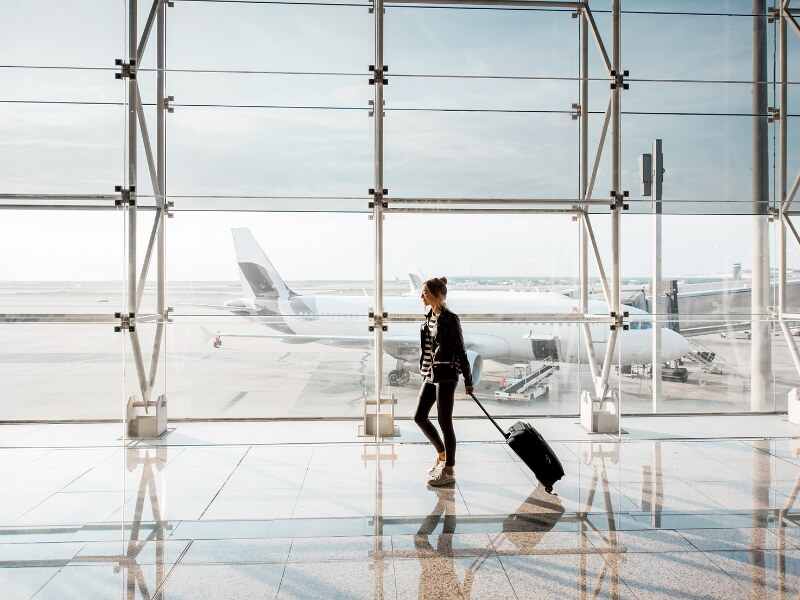
Transit vs. transfer
When it comes to air travel, transit means passengers stay at the airport during their layover to catch their connecting flight.
Transfer means you have to change planes to reach your final destination. This involves getting off your plane and boarding another.
Window seat vs. aisle seat
Window seats give you incredible panoramic views of the skies and ground from above.
Plus, with a wall to lean on, you can even catch some peaceful shut-eye during those long journeys.
On the flip side, aisle seats offer you the luxury of extra legroom, so you can stretch out and move around with absolute ease whenever you need to. Plus, you won’t need to ask people to move when you need to use the restroom.
Choosing your flight ticket
Picking the right flight ticket can totally change the game for your trip, whether you’re going just a couple of states over or flying across the world.
There are a few things you should really think about when you’re deciding on your ticket. In this chapter, we’re diving into how to weigh your options and choose the best flight for any kind of trip you’re planning.
Round-trip tickets vs. open-jaw tickets
Round-trip tickets are your go-to if you’re planning to fly out of and back into the same airport. It’s the classic back-and-forth option.
On the other hand, open-jaw tickets give you the freedom to mix things up a bit. You can fly back home from a different airport, so you’re not tied down to just one location.
This is awesome if you want to explore more than one place in a single trip.
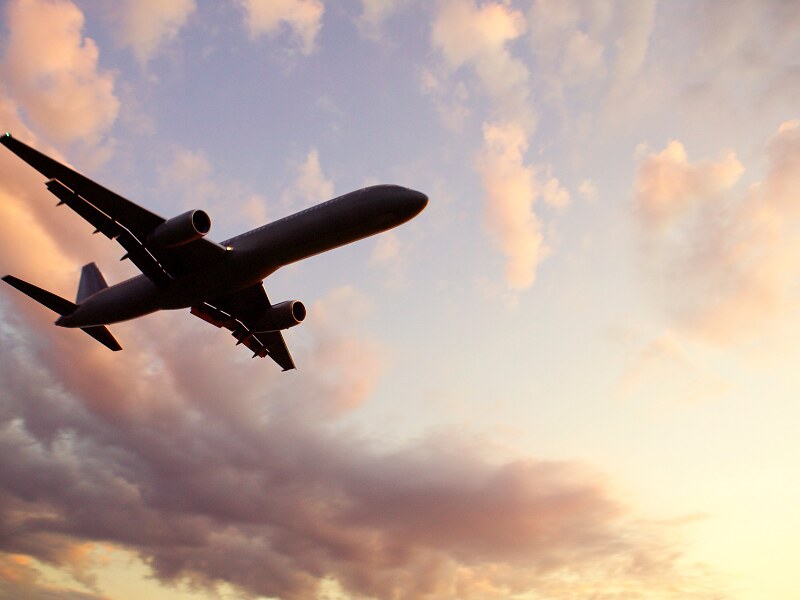
Standby tickets vs. confirmed tickets
Standby tickets can hook you up with potential seats on earlier flights, letting you reach your destination sooner.
Just keep in mind, that they’re not a sure thing since it all depends on available seats.
Confirmed tickets lock in your spot on a specific flight, giving you peace of mind and the assurance that you’ll be on board.
Refundable tickets vs. non-refundable tickets
Refundable tickets give you the flexibility to cancel and get a refund if needed.
Non-refundable tickets are usually cheaper but don’t offer a refund option if you need to cancel. So, when you’re deciding on buying a ticket, it’s important to consider the cost savings versus the potential need for flexibility.
Decoding airline partnerships
Airline partnerships are a great and sometimes overlooked way to find the best flight deals.
By using these alliances, you can save money, earn reward points, and even get flight upgrades.
Codeshare flights vs. interline flights
Codeshare flights are a super convenient setup where one airline runs the flight, but another airline promotes and sells the tickets.
This collaboration lets you have a seamless travel experience. You can book and travel on just one ticket, even if different airlines are involved for different parts of your trip.
Interline flights involve multiple airlines working together for your whole journey. They make sure your connections are smooth and your travel is efficient across different carriers.
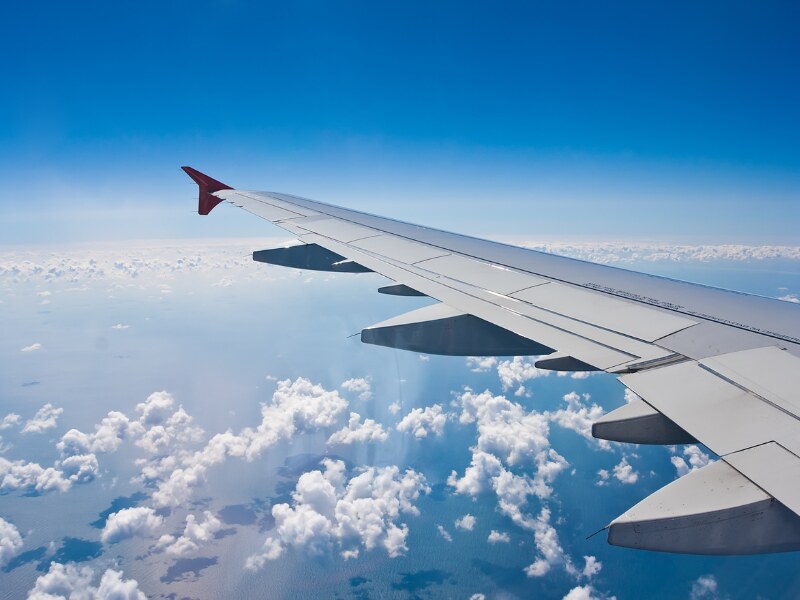
Understanding cabin classes and baggage policies
When booking a flight, it’s important to know about the different cabin classes and their baggage policies.
Each airline has its own cabin classes, and the baggage allowances can vary, too.
Economy class vs. premium economy
Premium economy is like the sweet spot between basic economy and business class. You get a whole bunch of perks that seriously upgrade your flight experience.
We’re talking extra legroom, wider seats, and even some VIP treatment like priority services. It’s like flying in a little bubble of extra comfort and style.
Yeah, it’ll cost you a bit more than standard economy, but if you’re looking to add a dash of luxury to your trip without going full-on first class, it’s worth the splurge.

Business class vs. first class
First class is the VIP of air travel. We’re talking about the crème de la crème of seating, service, and all the extras. It’s an unreal experience that turns your trip into something special. But obviously, it comes with a price tag to match.
Now, business class is like the savvy traveler’s hack for getting a plush experience without totally emptying your wallet.
You still get comfy seats, better service, and some nice amenities, but at a cost that’s a little easier to swallow.
Baggage allowance vs. carry-on
Baggage allowance is all about the limits on checked luggage that you can bring on a flight.
It’s basically the maximum weight and size for each piece of luggage.
Carry-on luggage is what you can take with you onto the plane and keep in the overhead compartments or under your seat. These carry-on bags also have some size and weight rules. Always make sure to check the luggage rules with your airline – they do vary!



